Intro
Discover Keflex uses, a cephalosporin antibiotic treating bacterial infections, including pneumonia, skin infections, and urinary tract infections, with its mechanism and side effects.
Keflex, also known as cephalexin, is a widely used antibiotic that belongs to the cephalosporin group of medications. It is prescribed to treat various bacterial infections, and its effectiveness has made it a popular choice among healthcare professionals. The importance of understanding the uses and benefits of Keflex cannot be overstated, as it plays a crucial role in combating bacterial infections and promoting overall health. In this article, we will delve into the world of Keflex, exploring its uses, benefits, and potential side effects, to provide readers with a comprehensive understanding of this essential medication.
The rise of antibiotic-resistant bacteria has made it increasingly challenging to treat infections, highlighting the need for effective and targeted treatments like Keflex. As a first-generation cephalosporin, Keflex has a broad spectrum of activity against Gram-positive and some Gram-negative bacteria, making it an ideal choice for treating a range of infections. From skin and soft tissue infections to respiratory tract infections, Keflex has proven to be a reliable and efficient treatment option. Its ability to target and eliminate bacteria has saved countless lives and improved the quality of life for many individuals.
Keflex is often prescribed to treat common infections such as strep throat, pneumonia, and skin infections. Its effectiveness in treating these conditions has made it a staple in many healthcare settings. However, it is essential to note that Keflex is not effective against viral infections, such as the common cold or flu, and should only be used under the guidance of a healthcare professional. The proper use of Keflex and other antibiotics is critical in preventing the development of antibiotic-resistant bacteria, which can have severe consequences for public health.
What Is Keflex Used For
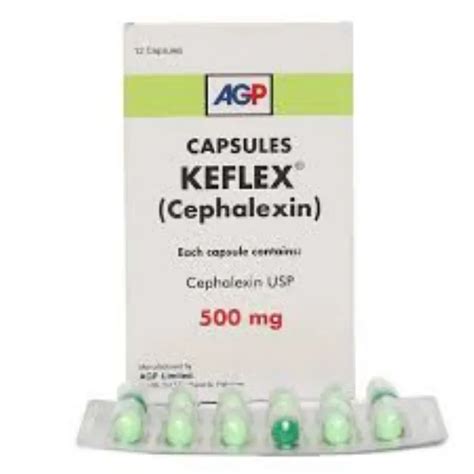
Benefits of Keflex
The benefits of Keflex are numerous, and its effectiveness has made it a popular choice among healthcare professionals. Some of the key benefits of Keflex include: * Broad spectrum of activity against Gram-positive and some Gram-negative bacteria * Effective against a range of bacterial infections, including skin and soft tissue infections, respiratory tract infections, and urinary tract infections * Available in various forms, making it easy to administer and convenient for patients * Generally well-tolerated, with few side effects reported * Can be used to treat infections in patients with penicillin allergies, making it a useful alternativeHow Keflex Works
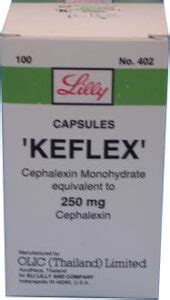
Common Uses of Keflex
Keflex is commonly used to treat a variety of bacterial infections, including: * Skin and soft tissue infections, such as cellulitis, impetigo, and folliculitis * Respiratory tract infections, such as pneumonia, bronchitis, and sinusitis * Urinary tract infections, such as cystitis and pyelonephritis * Bone and joint infections, such as osteomyelitis and septic arthritis * Dental infections, such as abscesses and periodontal infectionsSide Effects of Keflex
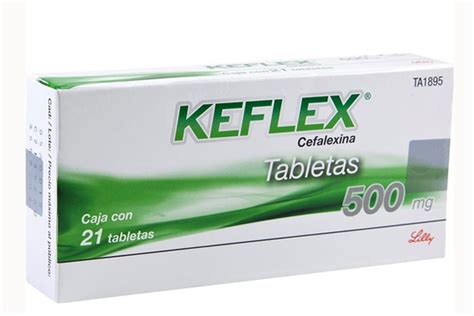
Precautions and Warnings
It is essential to take Keflex as directed by a healthcare professional and to follow the recommended dosage instructions. Patients with a history of allergies, particularly to penicillin or other cephalosporins, should exercise caution when taking Keflex. Additionally, patients with kidney or liver disease should be closely monitored while taking Keflex, as the medication can affect these organs.Interactions with Other Medications
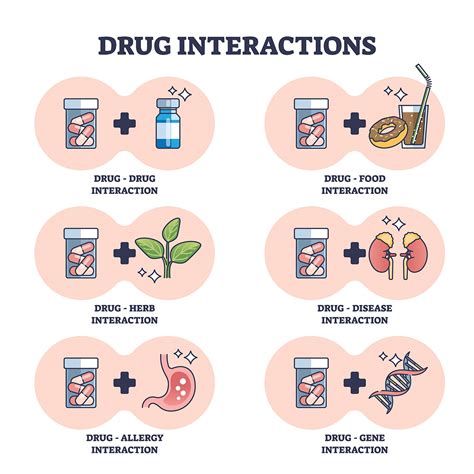
Contraindications
Keflex is contraindicated in patients with a history of severe allergic reactions to penicillin or other cephalosporins. Additionally, Keflex should not be used in patients with a history of kidney or liver disease, unless closely monitored by a healthcare professional.Dosage and Administration
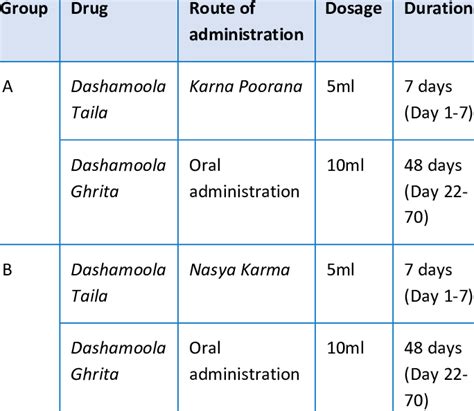
Overdose
In the event of an overdose, patients should seek medical attention immediately. Symptoms of an overdose may include nausea, vomiting, diarrhea, and abdominal pain. In severe cases, an overdose can lead to seizures, coma, and even death.Conclusion and Final Thoughts

We invite you to share your thoughts and experiences with Keflex in the comments section below. Have you used Keflex to treat a bacterial infection? What were your experiences with the medication? Share your story and help others understand the benefits and potential side effects of Keflex.
What is Keflex used for?
+Keflex is used to treat a variety of bacterial infections, including skin and soft tissue infections, respiratory tract infections, and urinary tract infections.
How does Keflex work?
+Keflex works by inhibiting the growth of bacteria, ultimately leading to their death. It does this by binding to penicillin-binding proteins (PBPs) located inside the bacterial cell wall.
What are the common side effects of Keflex?
+Common side effects of Keflex include diarrhea, nausea and vomiting, abdominal pain, headache, dizziness, rash, and itching.
Can I take Keflex if I have a penicillin allergy?
+Patients with a history of severe allergic reactions to penicillin or other cephalosporins should exercise caution when taking Keflex. It is essential to consult with a healthcare professional before taking Keflex if you have a penicillin allergy.
How long does it take for Keflex to start working?
+The time it takes for Keflex to start working varies depending on the type and severity of the infection being treated. Typically, Keflex starts to work within 1-2 hours of administration, but it may take several days to fully eliminate the infection.
